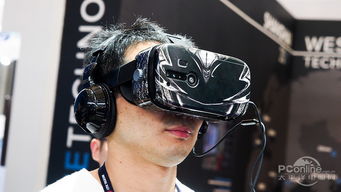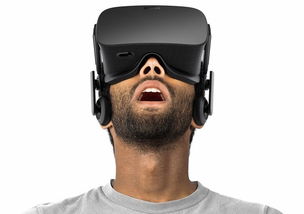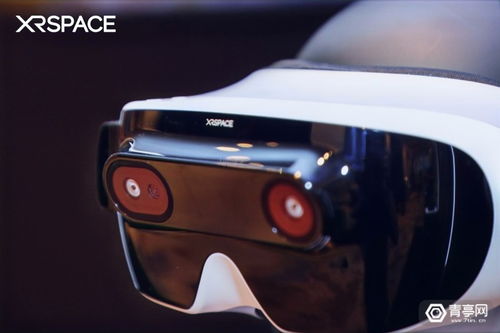What is AR, VR, and XR?
Have you ever wondered about the differences between Augmented Reality (AR), Virtual Reality (VR), and Extended Reality (XR)? These technologies are rapidly evolving and have the potential to revolutionize various aspects of our lives. In this article, we will delve into the intricacies of each technology, highlighting their unique features and applications.
Augmented Reality (AR)

Augmented Reality (AR) is a technology that overlays digital information onto the real world. It enhances the user’s perception of reality by adding virtual elements to their physical environment. AR can be experienced through various devices, such as smartphones, tablets, and smart glasses.
One of the most popular applications of AR is in mobile gaming. For example, the popular game “Pok茅mon Go” uses AR to allow players to catch Pok茅mon in the real world. AR is also widely used in retail, where it helps customers visualize products in their own homes before purchasing them.
Here’s a table summarizing some key features of AR:
| Feature | Description |
|---|---|
| Overlay | Virtual elements are added to the real world |
| Real-time | Information is updated in real-time |
| Device compatibility | Works on various devices, including smartphones and tablets |
Virtual Reality (VR)

Virtual Reality (VR) is a technology that creates a completely immersive experience, transporting the user to a virtual world. Unlike AR, VR does not rely on the real world; instead, it generates an entirely new environment. VR headsets, such as the Oculus Rift and HTC Vive, are commonly used to experience VR.
One of the most popular applications of VR is in gaming, where it provides an immersive and interactive experience. VR is also used in training and simulation, allowing users to practice skills in a safe and controlled environment. Additionally, VR has gained attention in the healthcare industry, where it is used for pain management and mental health treatment.
Here’s a table summarizing some key features of VR:
| Feature | Description |
|---|---|
| Immersive | Completely transports the user to a virtual world |
| Interactive | Users can interact with the virtual environment |
| Device compatibility | Works with VR headsets and sometimes requires additional sensors |
Extended Reality (XR)

Extended Reality (XR) is an umbrella term that encompasses both AR and VR, as well as other related technologies. XR aims to create a seamless blend between the physical and digital worlds, providing a more immersive and interactive experience than either AR or VR alone.
XR has a wide range of applications, including entertainment, education, and healthcare. For example, in education, XR can be used to create interactive learning experiences that engage students and enhance their understanding of complex concepts. In healthcare, XR can be used for remote surgery and patient care.
Here’s a table summarizing some key features of XR:
| Feature | Description |
|---|---|
| Seamless integration | Combines AR, VR, and other related technologies |
| Immersive | Provides an immersive experience |
| Interactive | Users can interact with the virtual environment |
In conclusion, AR, VR, and XR are all fascinating technologies with the potential to transform various aspects of our lives. Understanding the differences between these technologies can help you appreciate their unique features and applications.









